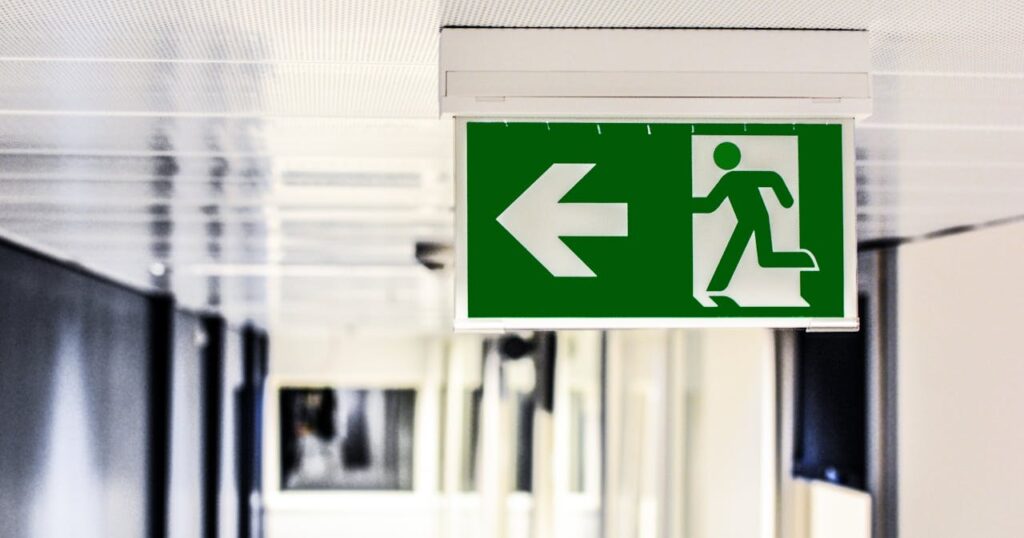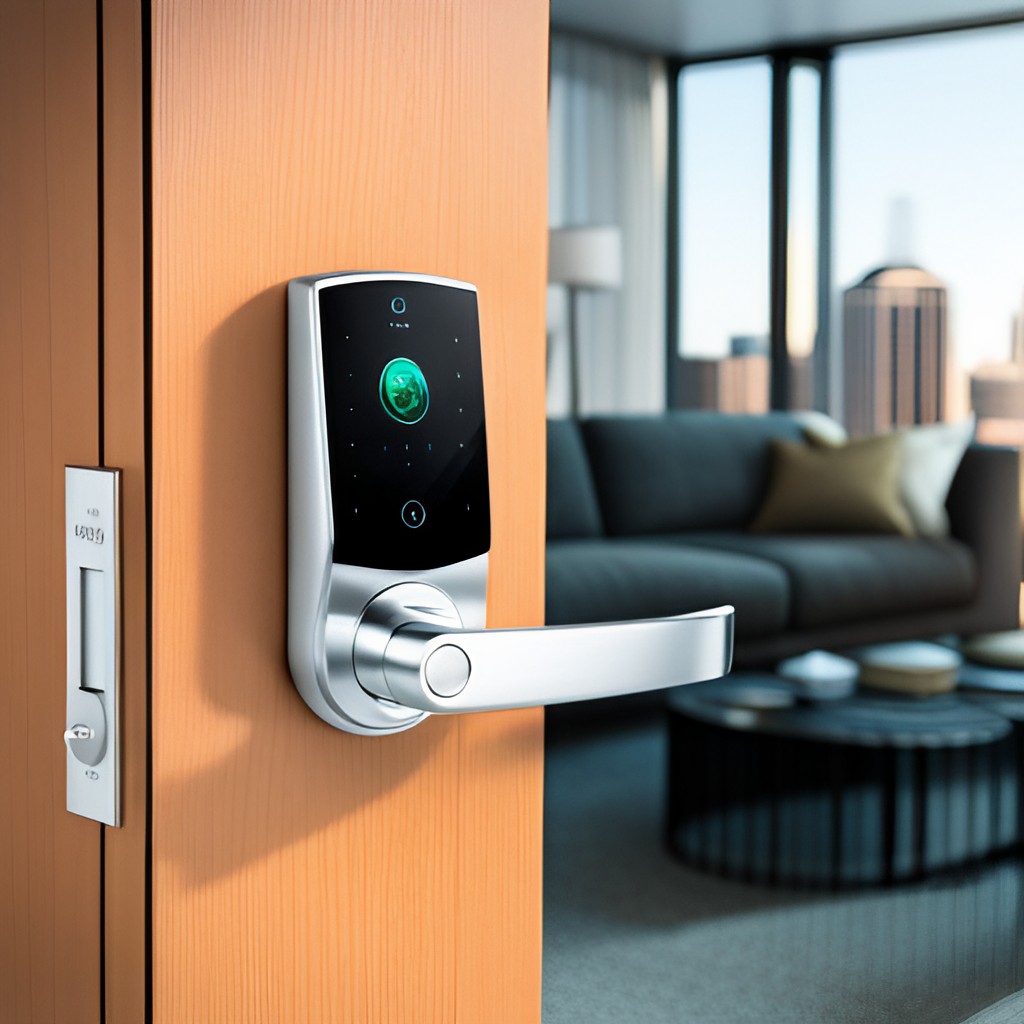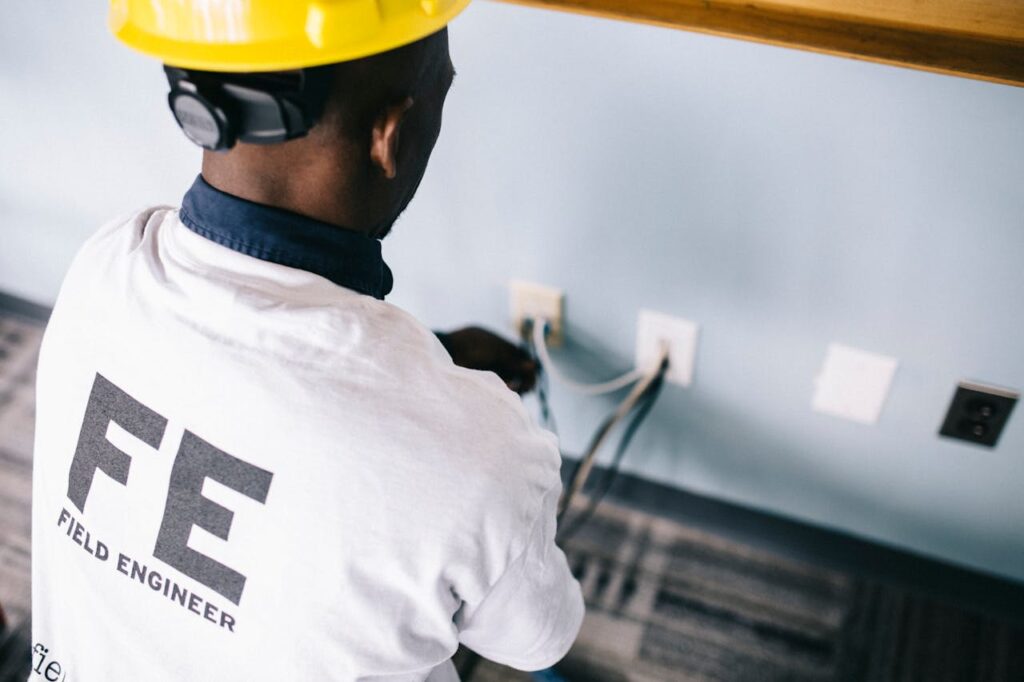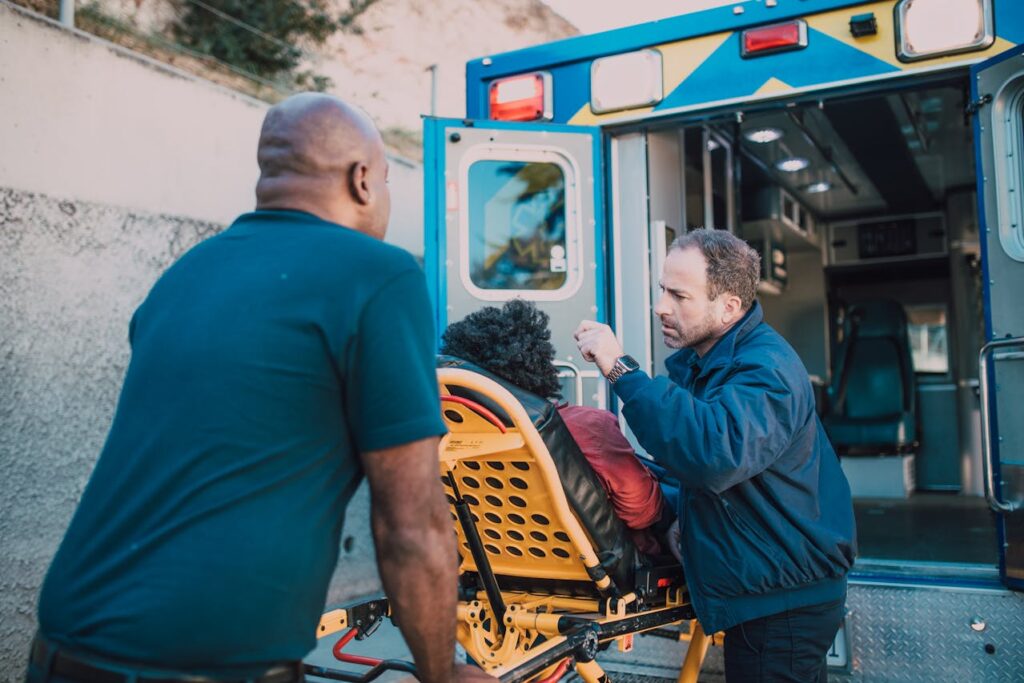Creating a Fire Escape Plan for Your Home: Your Lifeline in the Unthinkable
Creating a Fire Escape Plan for Your Home: Your Lifeline in the Unthinkable Your home is a sanctuary, but when disaster strikes, every second counts. A fire can escalate rapidly, turning a peaceful haven into a terrifying inferno. For homeowners and responsible dwellers, the necessity of a robust fire escape plan cannot be overstated. This comprehensive guide serves as your beacon in preparing for the worst as you hope for the best. Understanding the Basics of Fire Safety Before sketching your escape routes, it is paramount to familiarize yourself with the underlying principles of fire safety. Fires need three things to start and continue to burn—oxygen, heat, and fuel. Understanding how fires start and spread arms you with knowledge that could prove life-saving. How Fires Start and Spread The majority of fires are caused by human action or inaction. Unattended candles, cooking equipment, faulty electrical systems, and overloaded power strips are common culprits. Once a fire begins, it can quickly grow out of control, propelled by the air currents within your home. The Role of Smoke Alarms Smoke alarms are the unsung heroes of early fire detection. These devices, strategically placed in your home, can provide the critical warning needed to initiate your escape. Regular maintenance and testing ensure they function when it matters most. Creating Your Fire Escape Plan Mapping Out Your Home and Identifying Exits A clear assessment of your home’s layout is fundamental. Walk through your residence, identifying all possible exit points from each room, focusing on doors and windows. To streamline this process, consider using a floorplan app or a simple hand-drawn map. Designating Meeting Points In the chaos of a fire, it’s easy for family members to become separated. Establishing outdoor meeting points—a neighbor’s porch, the front gate, or a nearby public landmark—gives everyone a destination to regroup and ensures no one is left behind. Assigning Responsibilities Organization is key to executing your plan effectively. Assign roles to each family member or housemate—such as a captain to check bedrooms or an assistant to manage young children. These designated responsibilities provide a structure for your escape. Practice Makes Perfect: Conducting Drills A well-planned escape is only valuable if it’s second nature. It’s therefore imperative to practice your fire escape plan regularly. Frequency and Timing of Drills Every situation is unique, but a good starting point is to conduct a drill at least twice a year. Schedule these at different times of the day to simulate various scenarios, including at night. Tips for a Successful Drill Drills should be thorough but not anxiety-inducing. Start by announcing the drill to family members. Time the evacuation, note any hiccups, and afterwards, conduct a debrief to address any issues or concerns that arose. Adjusting Your Plan for Special Circumstances Your fire escape plan must be adaptive to account for the various conditions you may find yourself in. Factors to Consider for Different Living Situations If you live in an apartment or a multi-story home, escape may require unique routes like fire escape ladders or knowing the building’s evacuation procedures. Single-story dwellers may need to consider home invasions by flames on multiple sides. How to Plan for Pets Animals often need extra assistance during emergencies. Identify who will be responsible for pets during the drill and plan their escape as well. Keep leashes or carriers in easily accessible areas for quick retrieval. Resources and Tools for Developing Your Plan In this digital age, there are numerous resources available to assist you in optimizing your fire escape plan. Fire Safety Apps and Websites Technology can be a powerful ally in your safety endeavors. Fire safety apps can help you create a thorough escape plan, while websites offer advice and checklists for your preparation efforts. Local Fire Department Support Your local fire department is a fount of knowledge when it comes to community safety. Many departments offer home assessments to help tailor your fire escape plan to your specific living situation. Reach out to them for personal advice and assistance. Conclusion The creation and regular practice of a fire escape plan is a precaution that cannot wait for a wake-up call. Treat it with the seriousness it deserves. It is a proactive measure that demonstrates your commitment to the safety of your loved ones and the sanctity of your home. In parting, consider the words of Benjamin Franklin, who famously declared that ‘an ounce of prevention is worth a pound of cure.’ Encouraging others to take this vital step may seem unglamorous, but in the moment when Follow Through: Stay Safe, Stay Ready Fires, like many disasters, can be unpredictable. The essence of safety is not the anticipation of a catastrophic event, but preparedness in the face of uncertainty. Each step you take to craft and maintain a fire escape plan for your home is a step towards peace of mind—proof that your security is in your hands, quite literally. Commencing or revisiting your fire escape plan could be the most powerful action you’ll take for the well-being of your home and hearth. An unflappable sense of readiness is not just for superheroes in capes; it’s for ordinary people in plain sight, ready to confront the extraordinary, should it come knocking. Remember, the investment in a fire escape plan is a non-negotiable safety reserve. It might necessitate a meeting of the minds, a few amendments to household routines, and potentially the moving of physical barriers, like furniture positioned near exits. However, the payout—a secure, well-oiled safety net—is nothing short of priceless. Prepare for the worst so you can enjoy the best—every day, with the assurance that you’re ready to face what lies beyond the spark. Your actions now can ensure that if fire were to invade your domain, your response would be swift, your control, unwavering. Isn’t that the peace we all strive for in the haven we call home?






